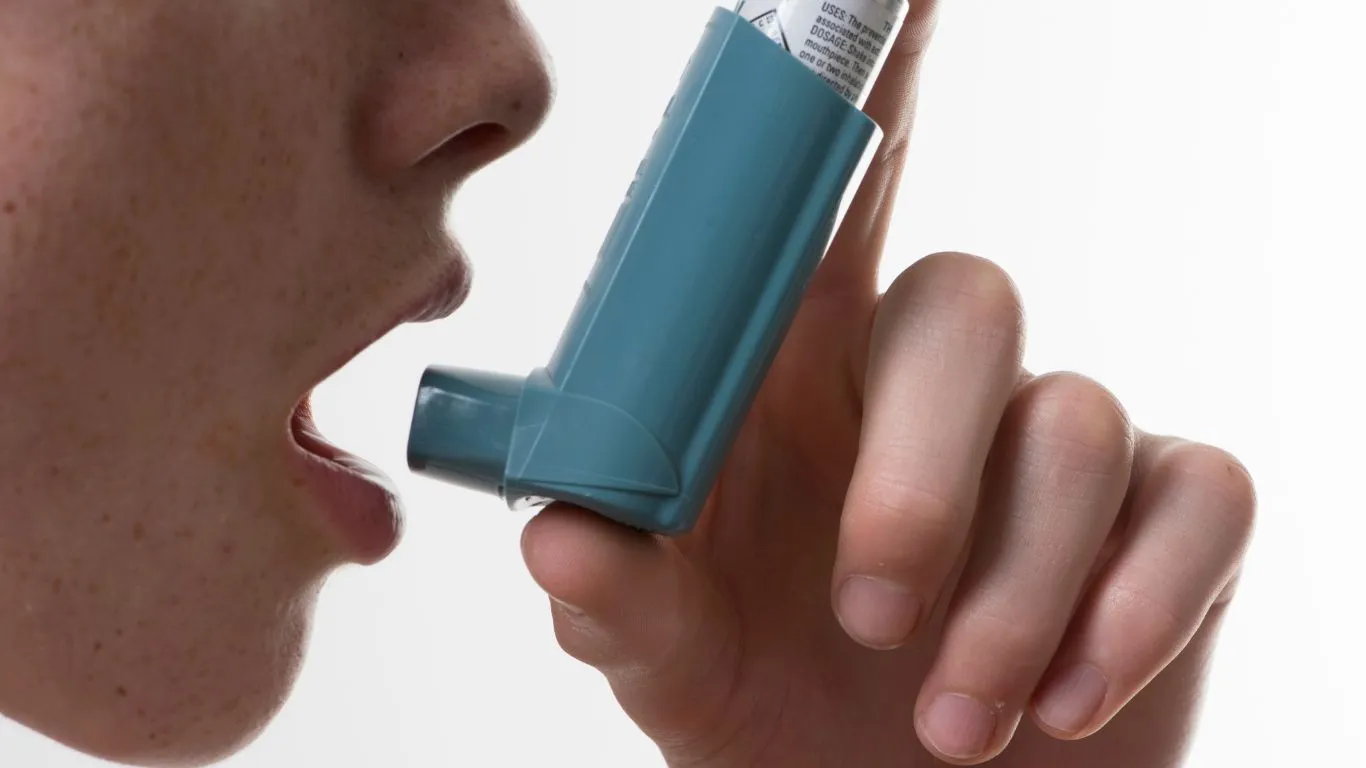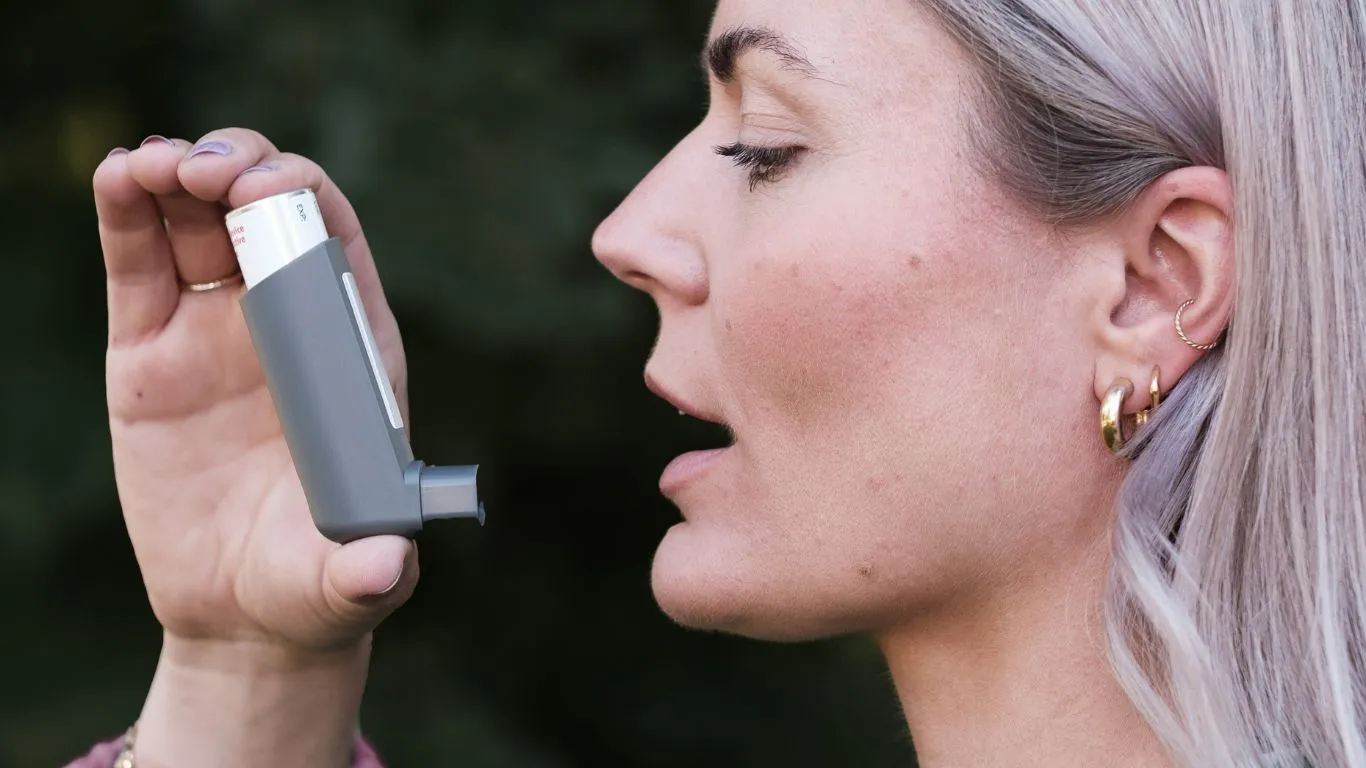Safe Workouts with Asthma Problems: A Complete Guide for Asthma-Friendly Exercise
Exercising with asthma doesn’t have to be off-limits! With the right approach, you can stay active and improve your fitness levels while managing your asthma symptoms.
A common question for people with asthma is how to exercise safely without triggering symptoms. Well, the answer is simple: It’s all about finding the right type of physical activity and taking some simple precautions. You don’t need to stop working out, but you do need to choose exercises that won’t overexert your body or cause a flare-up. Here’s everything you need to know to exercise safely with asthma!
Why Is Exercise Important for People with Asthma?
Exercise plays a crucial role in managing asthma. Regular physical activity can actually help improve lung function, reduce asthma symptoms over time, and keep you in better overall health. Plus, staying active helps you build endurance, which can help you fight off asthma triggers more easily.
But here’s the thing: Not all exercises are created equal when you have asthma. Some workouts may push your body too hard, which could trigger shortness of breath or an asthma attack. The key is choosing exercises that are lower-impact and allow you to control your breathing throughout the activity.
Best Types of Workouts for Asthma
When you’ve got asthma, you should stick to workouts that help you maintain steady breathing and avoid sudden bursts of exertion. Below are some of the best exercises for people with asthma:
1. Walking
Walking is one of the easiest and most accessible exercises for asthma sufferers. It’s low-impact and can be done anywhere—indoors or outdoors. Walking allows you to control your pace and your breathing, so you can avoid triggering asthma symptoms. If you’re walking outside, it’s important to check the air quality, as pollen or pollution can exacerbate symptoms.

2. Swimming
Swimming is often recommended for people with asthma because the moist air around the pool can help keep your airways clear. The steady rhythm of swimming makes it a great choice, and it allows you to control your breathing with each stroke. However, be aware of chlorine in indoor pools, as it can sometimes irritate the lungs.

3. Cycling
Cycling is another low-impact exercise that works well for people with asthma. Whether you’re cycling outdoors or using a stationary bike, cycling lets you set a comfortable pace and take regular breaks as needed. As with walking, be cautious of cycling on high-pollen days if you’re exercising outdoors.
4. Yoga
Yoga is a great option for people with asthma because it focuses on deep breathing techniques and controlled movements. Certain poses can help open up your chest and improve airflow to your lungs, which is especially helpful for asthma sufferers. Try to avoid hot yoga, as the extreme temperatures can trigger asthma symptoms.

5. Strength Training (with Caution)
Strength training is generally safe for people with asthma, but you should be mindful of your limits. Avoid lifting heavy weights that might cause you to strain or hold your breath. Stick to lighter weights and higher reps, and take breaks as needed to avoid overexertion.
What to Avoid
There are some exercises that may not be ideal for people with asthma, especially those that involve rapid changes in intensity. Here’s what to avoid:
1. High-Intensity Interval Training (HIIT)
HIIT workouts are characterized by short bursts of intense activity followed by rest. While effective, these workouts can trigger asthma symptoms in some individuals due to the rapid changes in intensity. If you want to try HIIT, consider starting with a modified version that includes longer rest periods.
2. Running in Cold Weather
Cold, dry air can be an asthma trigger for many people. Running outdoors in colder temperatures can cause your airways to constrict and make it harder to breathe. If running is your preferred exercise, try running indoors or wearing a scarf to warm the air before it reaches your lungs.
3. Sports with Sudden Exertion
Sports like basketball and football that require sudden sprints or jumps can increase the likelihood of an asthma attack. If you want to engage in sports, consider options that allow for steady exertion like tennis, walking football, or golf.
Tips for Exercising Safely with Asthma
Exercising with asthma is possible, but there are a few tips to help you stay safe:
1. Warm-Up and Cool Down
Always make time for a proper warm-up and cool-down. A gentle warm-up prepares your body for activity, while cooling down allows your body to return to a resting state. Both help reduce the risk of asthma flare-ups.
2. Use Your Inhaler (If Prescribed)
If you’ve been prescribed a quick-relief inhaler, use it 10-15 minutes before exercising. This can help open up your airways and prevent symptoms from interfering with your workout.
3. Listen to Your Body
Pay attention to your body’s signals. If you start feeling short of breath, dizzy, or tight in the chest, stop and rest. Always err on the side of caution and take breaks when needed.
4. Exercise Indoors During Poor Weather
If you know that outdoor conditions will trigger your asthma, choose indoor exercises like the treadmill, stationary bike, or yoga. This can help you stay active while avoiding environmental triggers.
5. Stay Hydrated
Drinking water throughout your workout helps keep your airways moist and helps prevent dehydration, which can worsen asthma symptoms. Make sure you’re hydrating before, during, and after your exercise session.
Conclusion
Exercising with asthma doesn’t have to be difficult. By choosing the right types of exercise and following some simple tips, you can stay active and improve your fitness without triggering symptoms. Walking, swimming, cycling, and yoga are all great options to help you stay fit and healthy while managing asthma. Just be sure to listen to your body, warm up properly, and use your inhaler if needed.
Appendices
References
- American Lung Association. (2023). Exercise and Asthma: How to Work Out Safely. Read Article
- National Heart, Lung, and Blood Institute. (2022). Asthma and Physical Activity. Read Article
- Mayo Clinic. (2024). Asthma Exercise Tips: Staying Active with Asthma. Read Article
FAQs
- Can I exercise if I have asthma? Absolutely! With the right precautions, exercise is not only safe for people with asthma but also beneficial for lung health.
- Which types of exercise are best for asthma? Low-impact activities like walking, swimming, and yoga are typically safe for people with asthma. They allow you to control your breathing and avoid sudden exertion.
- Should I use my inhaler before working out? If prescribed, using a quick-relief inhaler before exercise can help prevent asthma symptoms during your workout.
- What exercises should I avoid with asthma? High-intensity interval training (HIIT), running in cold weather, and sports that require sudden exertion are best avoided if you have asthma.
- Can asthma symptoms worsen during exercise? Yes, but with proper planning and precautions, you can minimize the risk of an asthma flare-up during exercise.
Disclaimer: The information provided in this article is for educational purposes only and does not substitute for professional medical advice. Always consult with your healthcare provider before starting any exercise program, especially if you have asthma or other health concerns.

Bianca Nala is a compassionate Nurse Practitioner with a strong background in primary and respiratory care. As a health writer for Healthusias.com, she combines her clinical expertise with a talent for clear, relatable storytelling to help readers better understand their health. Bianca focuses on topics like asthma, COPD, chronic cough, and overall lung health, aiming to simplify complex medical topics without losing accuracy. Whether she’s treating patients or writing articles, Bianca is driven by a single goal: making quality healthcare knowledge accessible to everyone.






